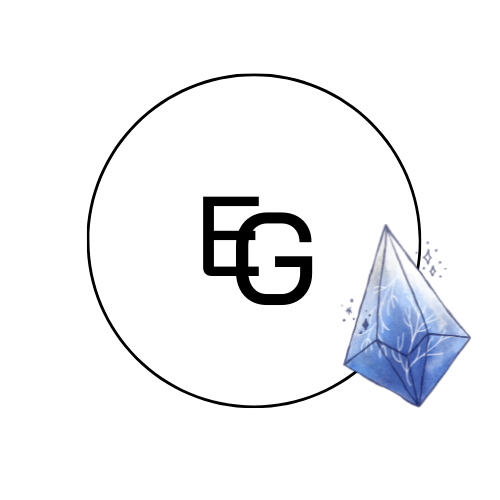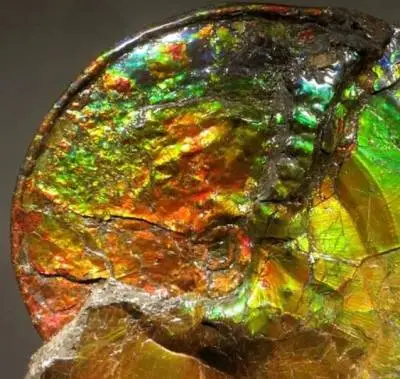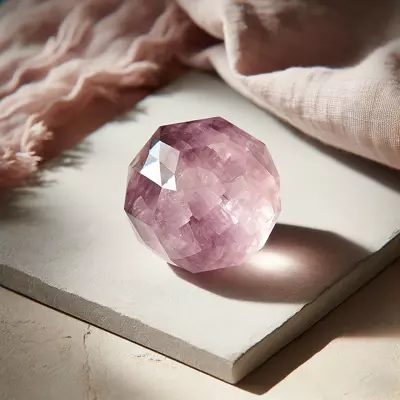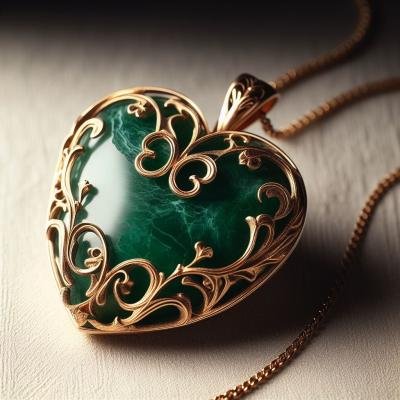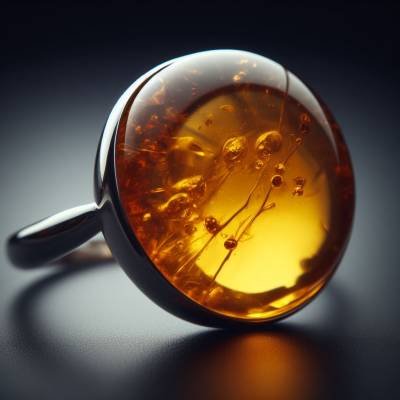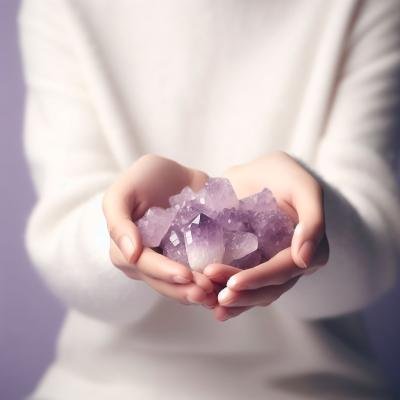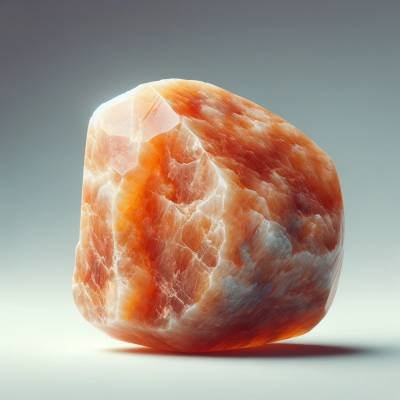From Garnet to Tanzanite: Unveiling the Mystical List of Birthstones for Each Month
Birthstones, unique gems associated with each month, have captivated people for centuries. These stones, ranging from the deep red garnet of January to the icy blue topaz of December, carry rich histories and meanings. Often used in jewelry, birthstones offer a personal touch, reflecting one’s birth month and purportedly bringing various benefits. This article explores the intriguing world of these gemstones, unveiling the stone designated for each month and its significance.
I. Introduction to Birthstones
Birthstones, treasured gems linked to each month of the year, have fascinated humans across various cultures for centuries. These stones are valued not just for their beauty but also for their symbolic significance and purported mystical properties. The concept of birthstones is believed to have biblical origins, with the twelve stones on Aaron’s breastplate, each representing a tribe of Israel, being linked to the twelve months of the year and the zodiac signs. Over time, these associations evolved, leading to the modern list of birthstones that offer a unique connection to each month.
A. Historical Significance
The tradition of birthstones dates back to ancient times when civilizations believed that gemstones carried incredible power and magic. The idea of specific stones representing each month can be traced to the first century. Historians suggest that the concept of birthstones was likely inspired by the twelve gems on the High Priest’s breastplate in ancient Judaism, each corresponding to a tribe of Israel. This connection between stones and the months was further cemented by astrological associations and was believed to bring good luck and health.
B. Cultural and Personal Relevance
In contemporary times, birthstones have transcended their mystical origins to become symbols of personal expression and identity. They are often gifted as meaningful presents for birthdays, anniversaries, and other significant occasions. Each stone carries unique connotations and is thought to offer specific benefits to the wearer, such as protection, healing, and prosperity. This personal connection to birthstones makes them a popular choice for jewelry, providing a way for individuals to express their personality and style.
II. Birthstones by Month
A. January: Garnet
Garnet, the birthstone for January, is typically known for its deep red hue, symbolizing trust and lasting friendship. It is believed to bring peace, prosperity, and good health to the wearer. Garnets can also be found in a range of other colors, including green, yellow, and orange.
B. February: Amethyst
The purple amethyst, representing February, has been highly esteemed throughout history for its stunning beauty and legendary powers. It is believed to strengthen relationships and give its wearer courage. In ancient times, it was thought to guard against drunkenness and instill a sober mind.
C. March: Aquamarine and Bloodstone
March celebrates two birthstones – aquamarine and bloodstone. Aquamarine, with its serene blue color, is said to cool the temper and allow the wearer to remain calm and level-headed. Bloodstone, on the other hand, is a grounding stone known for its spots of bright red, resembling drops of blood.
D. April: Diamond
April’s birthstone, the diamond, is the most coveted of all gemstones, renowned for its unmatched hardness and brilliance. Historically, diamonds have been a symbol of eternal love and courage.
E. May: Emerald
The emerald, associated with May, is prized for its rich green color. It’s said to symbolize rebirth and love. Ancient beliefs suggest that wearing an emerald can grant foresight, good fortune, and youth.
F. June: Pearl, Alexandrite, and Moonstone
June is unique in having three birthstones – pearl, alexandrite, and moonstone. Pearls, with their delicate beauty, symbolize purity and innocence. Alexandrite changes color and is believed to bring balance between the physical and spiritual world. Moonstone, with its ethereal appearance, represents serenity and calm.
G. July: Ruby
The ruby, July’s birthstone, is considered the king of gems and represents love, health, and wisdom. It was believed wearing a fine red Ruby bestowed good fortune on its owner.
H. August: Peridot, Sardonyx, and Spinel
August has three birthstones: peridot, sardonyx, and spinel. Peridot, with its signature lime green color, is believed to instill power and influence in the wearer. Sardonyx, a layered stone, is thought to bring courage and happiness. Spinel is available in a variety of colors and is believed to protect the owner from harm and soothe sadness.
I. September: Sapphire
The sapphire, a symbol of purity and wisdom, is September’s birthstone. Traditionally, blue represents honesty and loyalty and is thought to bring protection and spiritual insight.
J. October: Opal and Tourmaline
October features opal and tourmaline as its birthstones. Opal, with its play of colors, is associated with faithfulness and confidence. Tourmaline is unique in that it comes in a wide array of colors; each believed to hold different healing properties.
K. November: Topaz and Citrine
November claims topaz and citrine as its stones. Topaz, in its blue form, symbolizes love and affection and is believed to give strength. Citrine, known for its yellow hues, is believed to be a healing gemstone, bringing vitality and warmth to the wearer.
L. December: Turquoise, Zircon, and Tanzanite
December has turquoise, zircon, and tanzanite as its birthstones. Turquoise is one of the oldest known gemstones, representing wisdom, tranquility, and protection. Zircon, in its various colors, is believed to aid in resting, bringing prosperity and wisdom. Tanzanite, a relatively new gemstone, is prized for its unique blue-violet color and is said to bring transformation and healing.
III. Symbolism and Benefits of Each Birthstone
A. Healing Properties and Myths
Each birthstone is associated with a range of healing properties and myths. For centuries, these stones have been believed to possess specific energies and therapeutic effects. For instance, garnets are thought to promote detoxification and blood circulation, while amethysts are believed to aid in purifying the mind and reducing stress. Pearls, being organic, are said to bring a sense of calmness and centeredness to the wearer.
B. Modern Interpretations and Uses
In modern times, while some continue to believe in the healing and mystical properties of birthstones, many people choose these gems for their beauty and symbolic meanings. Birthstones are commonly used in various types of jewelry, including rings, necklaces, bracelets, and earrings, often as personalized gifts that carry sentimental value.
IV. Choosing the Right Birthstone
A. Considerations Beyond Birth Month
While traditionally, people select birthstones based on their birth month, other factors can also influence this choice. These include a personal preference for a particular color or type of gemstone or even the specific properties or symbolism associated with a stone.
B. Popular Birthstone Jewelry Styles
Birthstone jewelry comes in a wide range of styles, from classic solitaires to modern designs incorporating multiple gemstones. Customized pieces that combine the birthstones of loved ones are particularly popular, as they create a personal and meaningful piece of jewelry.
V. FAQs
Q: What birthstones are listed by each month?
A: Each month is associated with specific gemstones: January – Garnet, February – Amethyst, March – Aquamarine and Bloodstone, April – Diamond, May – Emerald, June – Pearl, Alexandrite, and Moonstone, July – Ruby, August – Peridot, Sardonyx, and Spinel, September – Sapphire, October – Opal and Tourmaline, November – Topaz and Citrine, December – Turquoise, Zircon, and Tanzanite.
Q: Why are there multiple birthstones for some months?
A: Multiple birthstones for a single month often result from historical and cultural variations in different regions. Over time, as gemstone availability and popular trends changed, additional stones were added to provide more choices.
Q: What are the birth colors of each month?
A: Each month is typically associated with colors that match its birthstones: January – Deep Red, February – Purple, March – Light Blue and Red, April – Clear, May – Green, June – White, Color-changing, and Grey, July – Red, August – Green, Red, and Pink, September – Blue, October – Multicolored and Pink, November – Blue and Yellow, December – Blue, Multicolored, and Blue-violet.
Q: Why does June have three birthstones?
A: June has three birthstones (Pearl, Alexandrite, and Moonstone) to offer a variety of choices in terms of color, value, and availability. Pearls and moonstones have been traditional choices, while alexandrite was added later for its unique color-changing properties.
Q: Can I wear a birthstone that is not for my birth month?
A: Absolutely! While birthstones have traditional associations with specific months, you can choose to wear any gemstone that you feel a personal connection with, regardless of your birth month.
Q: Are birthstones chosen based on astrological signs?
A: Initially, birthstones were linked more to astrological signs than to months. However, modern lists of birthstones are primarily associated with months rather than zodiac signs.
Q: Do birthstones have different meanings in various cultures?
A: Yes, the significance and interpretation of birthstones can vary across different cultures. While some universal themes like love, health, and protection are common, specific meanings and uses can differ greatly.
VI. Conclusion
A. Reflection on Birthstones’ Enduring Appeal
The enduring appeal of birthstones lies in their unique blend of beauty, history, and personal significance. Whether valued for their mystical properties, cherished as symbols of identity, or worn simply for their aesthetic appeal, these gemstones continue to be a timeless and meaningful choice for many.
B. The Personal Connection with Birthstones
Ultimately, the significance of birthstones extends beyond their physical appearance and historical lore. They offer a personal touch, allowing individuals to express their identity, commemorate special moments, and connect with a tradition that spans millennia. Whether worn for their aesthetic beauty, personal symbolism, or mystical properties, birthstones remain a deeply personal choice that resonates with many.
VII. Suggested Readings
Before diving into the captivating world of birthstones further, here are some suggested readings that offer deeper insights and perspectives:
- “Gemstones of the World” by Walter Schumann – A comprehensive guide that provides detailed information on over 1,500 gemstones, covering aspects like characteristics, origins, and lore.
- “The Curious Lore of Precious Stones” by George Frederick Kunz – This classic explores the myths, legends, and folklore associated with gemstones, offering a fascinating historical perspective.
- “Jewelry & Gems—The Buying Guide” by Antoinette Matlins and Antonio C. Bonanno – A practical guide for anyone interested in buying or collecting gemstones and jewelry, covering key aspects of quality and value.
- “Gemstone Healing: How to Choose and Use the Right Crystal and Healing Technique” by Michael Gienger – Focuses on the healing properties of gemstones, discussing how different stones can be used for physical and emotional healing.
- “Color and Gemstones: A Journey Through the Spectrum” by Karen Simmons – This book delves into the relationship between gemstones and color, exploring the impact of color on the significance and appeal of different gemstones.
These books not only delve into the scientific and aesthetic aspects of gemstones but also explore the cultural, historical, and personal dimensions of these fascinating natural wonders. Whether you are a gemstone enthusiast, a jewelry lover, or simply curious about the lore of birthstones, these readings offer valuable insights and enjoyable explorations into the vibrant world of gemstones.
